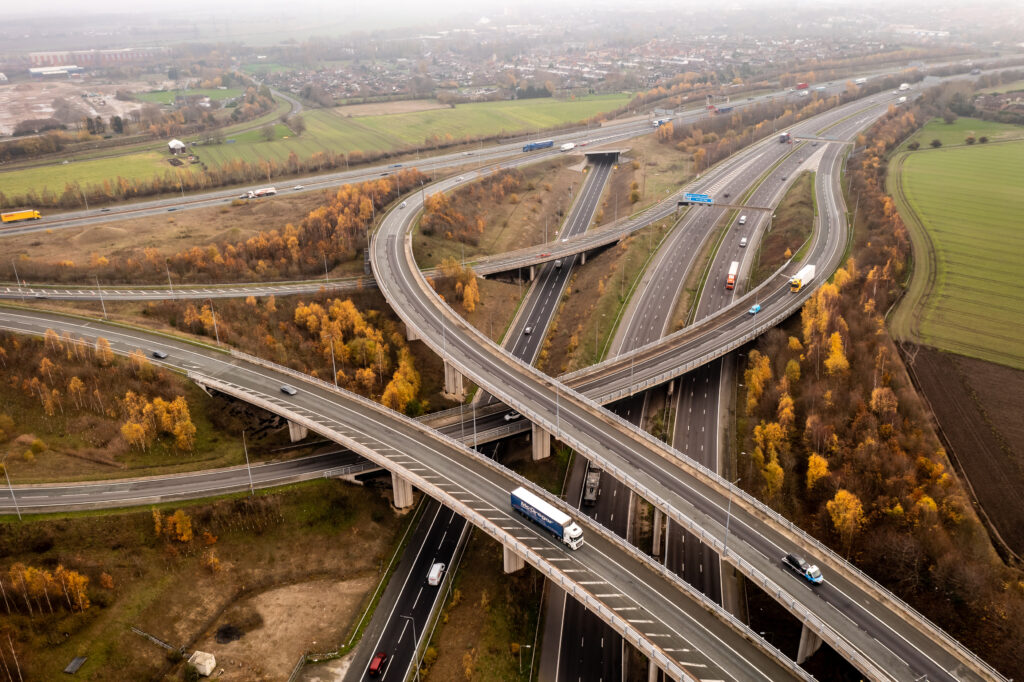
Government Sets Sights On Existing Road Infrastructure Improvements
The government has been discussing transport plans as the Department for Transport (DfT) looks to focus on improving existing road infrastructure in the coming years.
It comes after questions around whether the DfT will continue with new major road infrastructure projects after recent news on HS2 and the ICE production ban raised questions.
With the recent publication of the Transport Committee’s ‘Strategic Road Investment’ plan, the DfT responded to a particular query on the significant delays and overspending on major projects.
In fact, with National Highways investing in 4,300 miles of motorways and A Roads, the report explored why so many of the projects had suffered issues affecting motorists.
What Do Existing Road Improvements Mean For Fleets?
Ask any fleet driver or anyone who uses the country’s motorways, A roads and B roads regularly, and they’ll tell you just how you could improve the infrastructure.
Let’s face it, there are loads of ways in which congestion could be eased and new routes could be created… but investment is always finite when it comes to government spending.
There’s also the issue in which the government is attempting to hit net-zero targets, which means investment in other aspects of transport and travel aside from roads.
However, the idea behind a focus on investment in existing infrastructure appears to be an attempt to alleviate some of the issues drivers and fleets have faced in recent years.
You only have to drive for an hour on any given major motorway in the UK before you’re met with road improvement works and likely delays. That in itself presents an issue because while we all want better and more efficient road transport access, none of us want that to be at the expense of travel time and efficiency while the work is ongoing.
And that’s the catch-22 situation the DfT and Highways England often find themselves in.
What About Routine Maintenance?
One aspect the report looked at in detail is what drivers would prefer… and the argument they posed was that most motorists would prefer a strategy that focused on ‘day-to-day’ maintenance of our roads.
That’s an understandable argument since it’s much less costly than major infrastructure upgrades and changes, while also being something that improves safety for everyone on the road.
Currently, around half of the DfT’s road infrastructure budget for 2020-2025 is earmarked for such improvements.
The balance between reducing delays and helping productivity through swifter transport routes for fleets and drivers in general while also focusing on reducing emissions and investing in rail and public transport is a difficult one.
But it’s also one that many argue the government has struggled with, given the sharp focus on HS2 and the new roads, junctions and investment poured into the scheme.
And with the Manchester leg being cancelled, that effectively focuses the entire investment between London and the West Midlands and poses questions around the level of investment and whether the budget has been used effectively.
What do you think of the UK’s current road network infrastructure? And do you think a sharper focus on existing roads and maintenance would be more beneficial than looking at new projects? Let us know in the comments below.

